[ad_1]
Having completed the first tour sponsored by the Orthodox Arts Journal, which took place in June of 2023, I’ve been considering how to share some of the four-thousand photographs I captured. The tour was a resounding success, visiting thirty monasteries and many other churches and cathedrals. Because of the volume of splendid things we saw, I have decided to publish a series of photojournalism posts. Each one will highlight a specific aspect or category of liturgical arts, illustrated with photos from the tour.
I will begin with a group of wide-angle interior portraits, carefully chosen to illustrate the gorgeous play of light and shadow in these fine old churches. Medieval Orthodox architecture is spatially complex in the extreme, with a hierarchy of illumination – brightest at the central dome, and fading to shadow and mystery at the periphery. It was clear to us on this tour that the play of natural illumination is perhaps the single most distinctive and moving feature of these ancient churches. The light always calls first attention to the iconostasis, the liturgical centerpiece of the space, while the darker outer spaces contribute an ethos of infinite expanse, eternal mysteries, hesychastic stillness.
Our tour began in Belgrade where the churches are not so old. I was interested to see that even the baroque churches of recent centuries, which lack the spatial complexity of medieval architecture, exhibit incredible beauty of light. The windows are carefully placed to illuminate the iconostasis from the side, causing the carving and gilding to sparkle with brilliant light and shadow. It is with these relatively ‘modern’ Belgrade churches that we will begin, then moving south to the fortified Serbian monasteries. Part 2 will address Kosovo and Metohija, and Part 3, North Macedonia.
Most of my photos were taken using a Laowa 20mm zero-distortion shift lens, which allows for wide-angle images with no vertical distortion in the perspective. My Nikon D750 camera optimizes rich colors and high contrast, to emphasize the natural play of light and shade. Many thanks to our local guide, Ivan Krucican, for negotiating permission to take pictures, and for requesting that electric lights be shut off so that we could enjoy the churches in natural illumination.
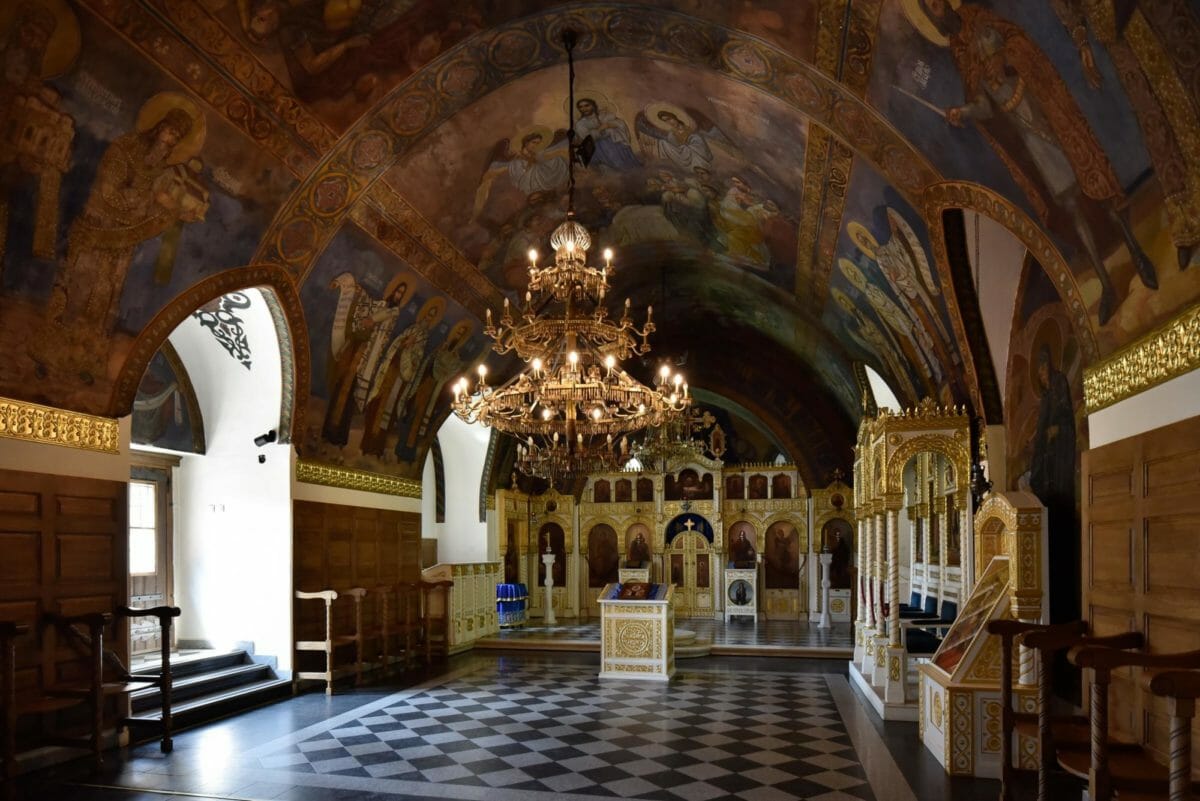
Ružica Church in the Belgrade Fortress. First built in the fifteenth century, redesigned in 1869, and fully rebuilt in 1925 after war damage.
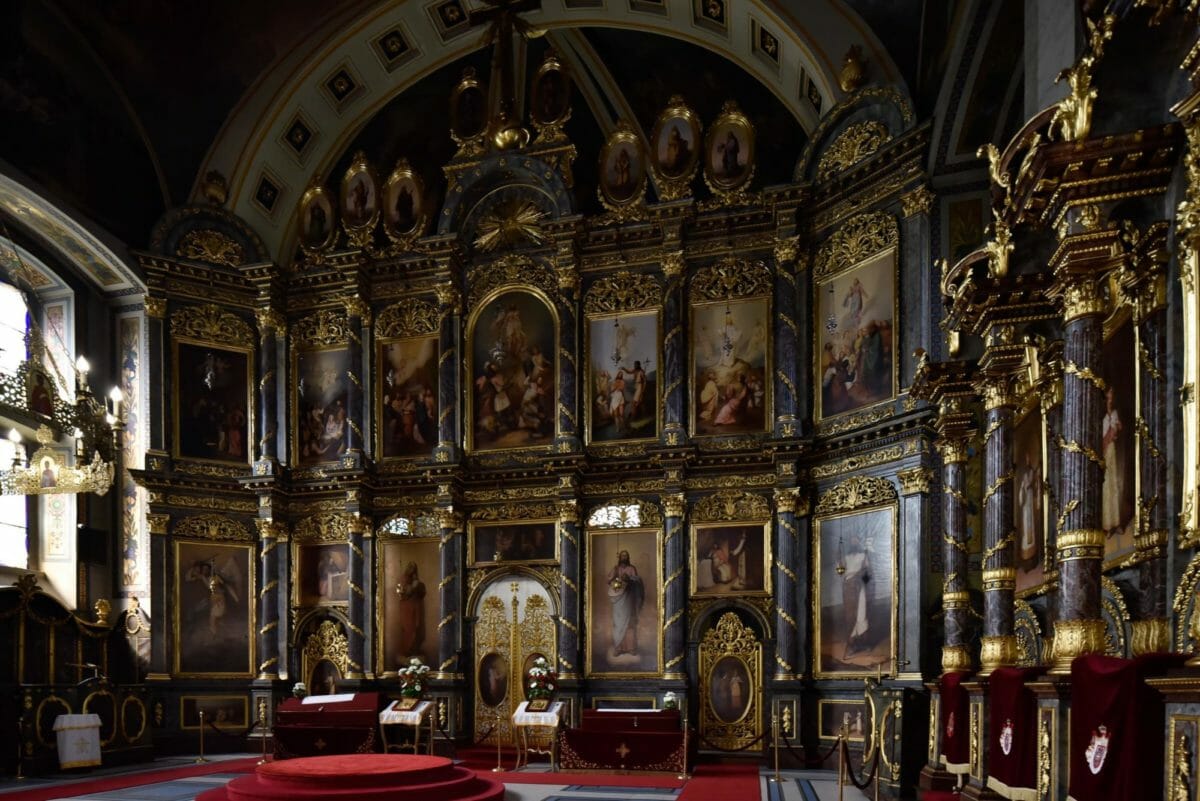
Saint Michael Cathedral, built in 1837. Belgrade.
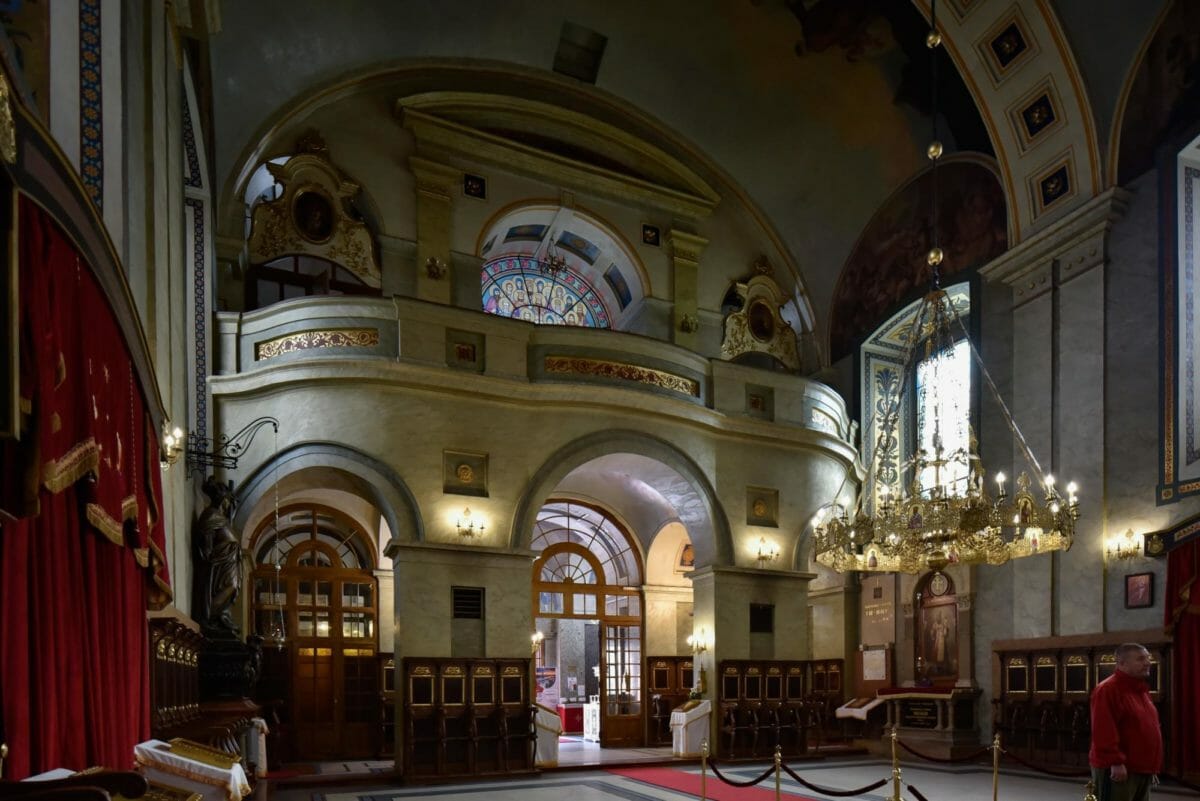
Saint Michael Cathedral – the choir loft.
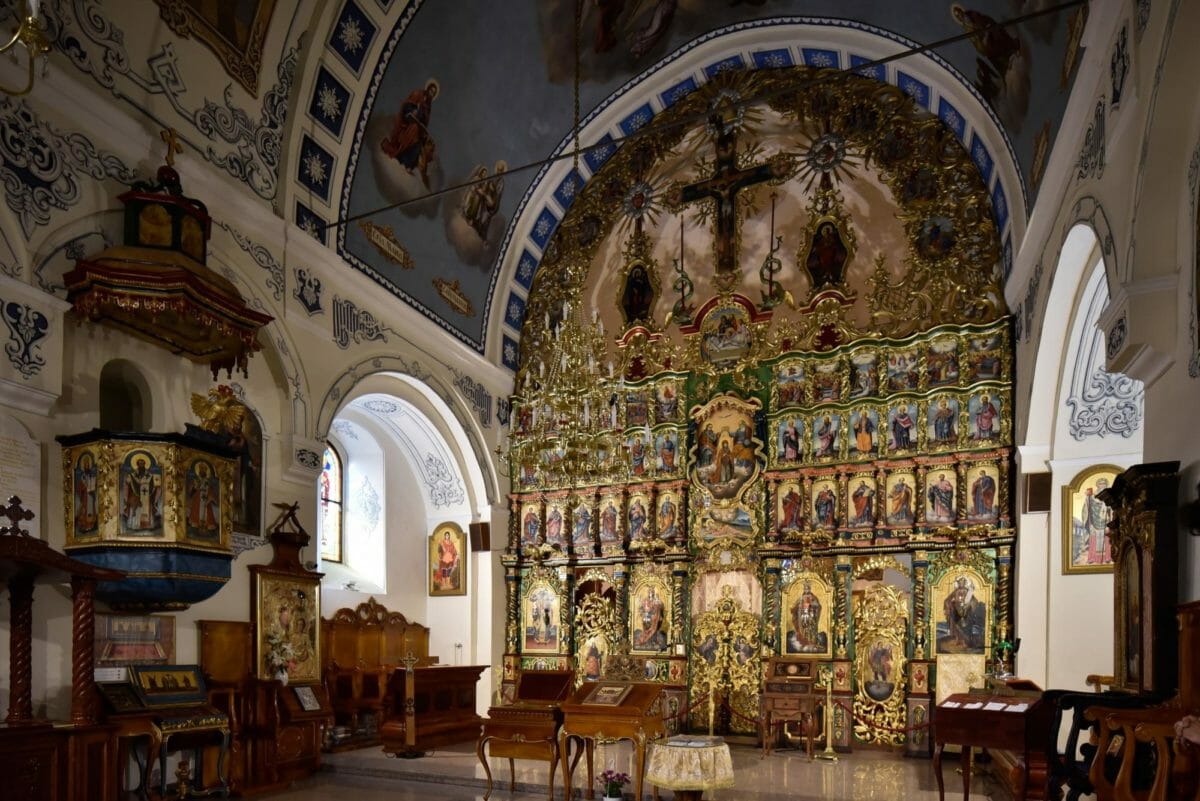
Saint Nicholas Church in Zemun, built in 1745, with the iconostasis dating from 1761. Belgrade.
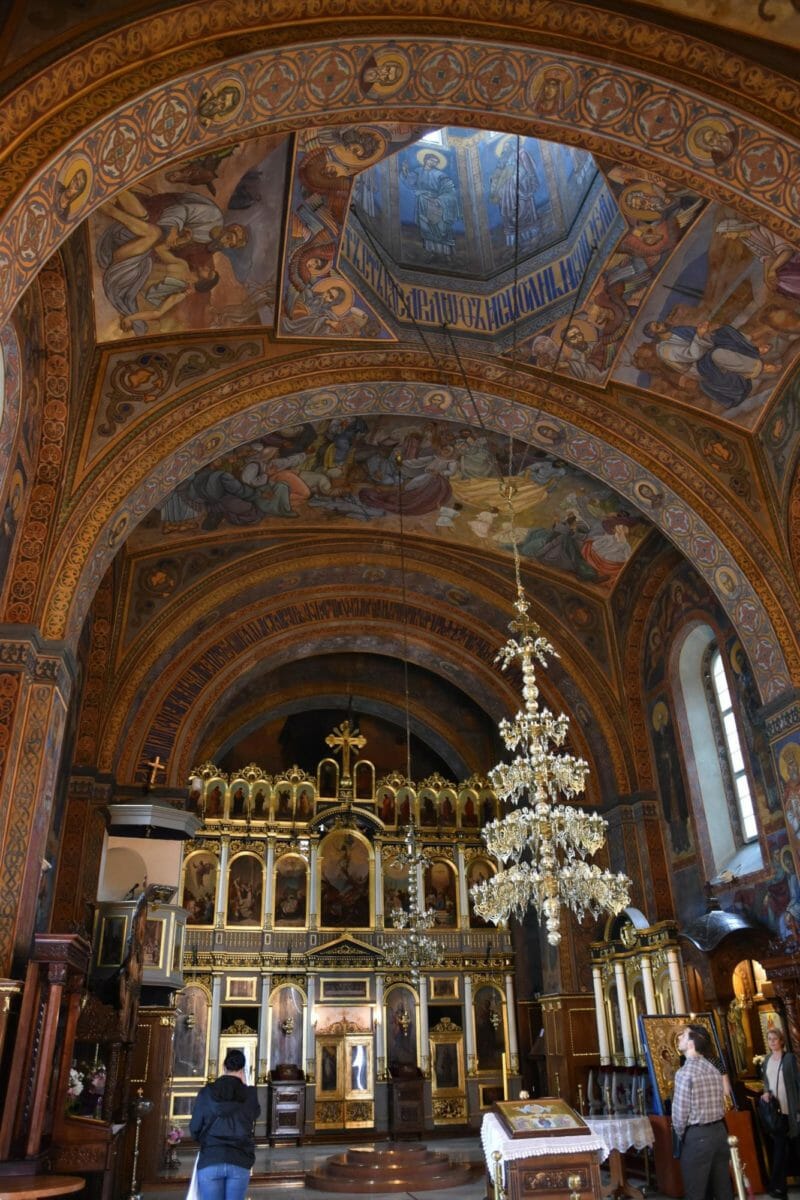
Holy Ascension Church, built in 1860. Belgrade.
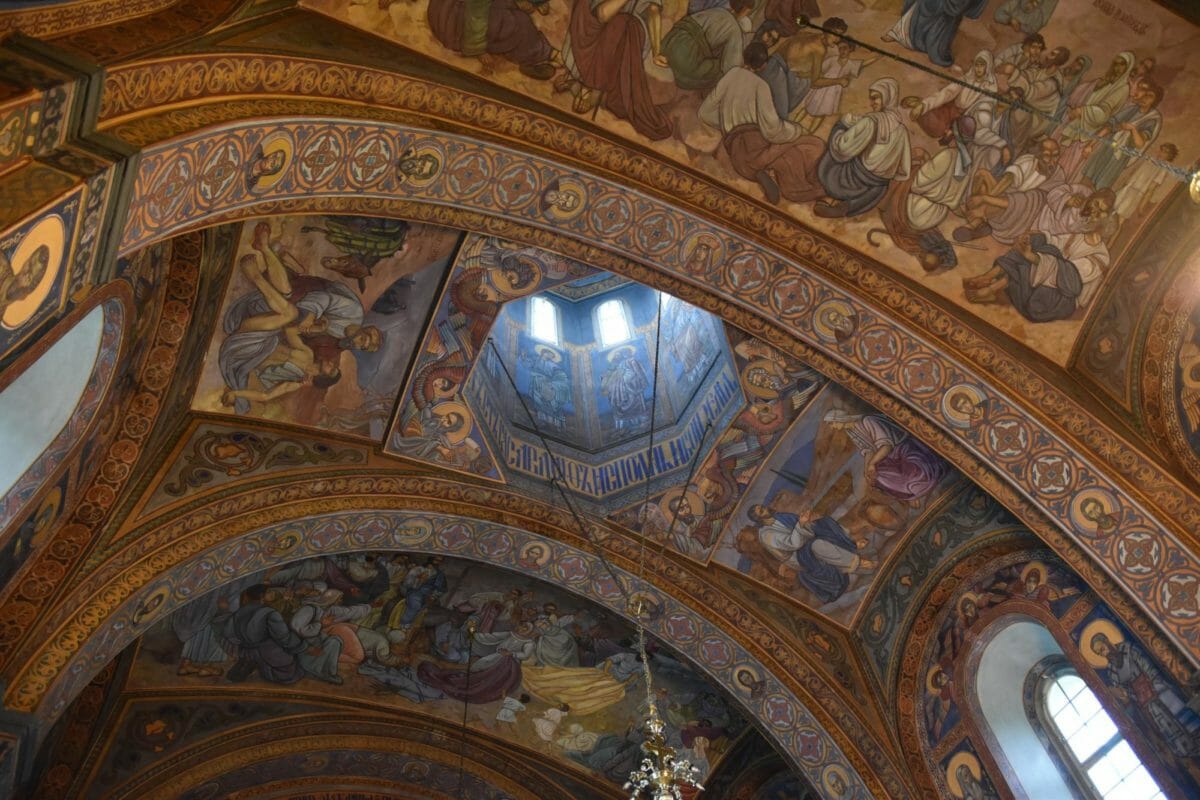
Holy Ascension Church – the ceiling.
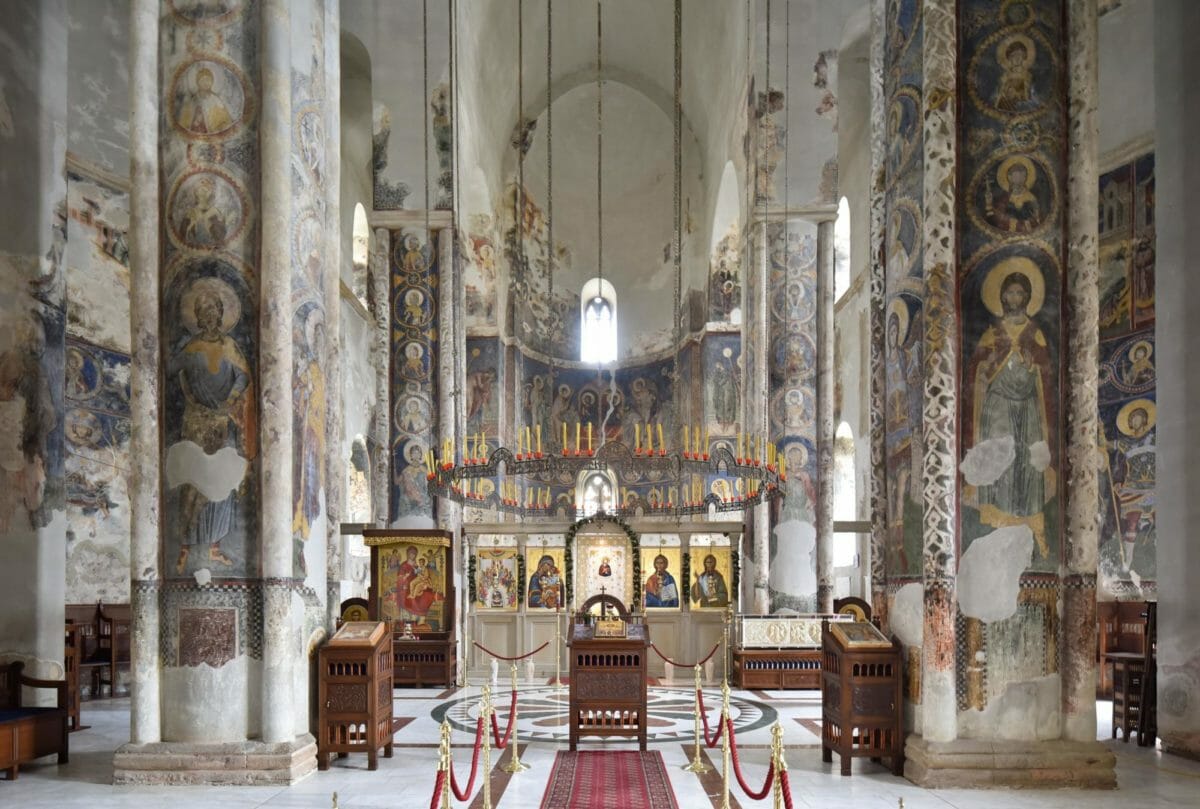
Manasija Monastery, built 1406-1418 by Despot Stefan.
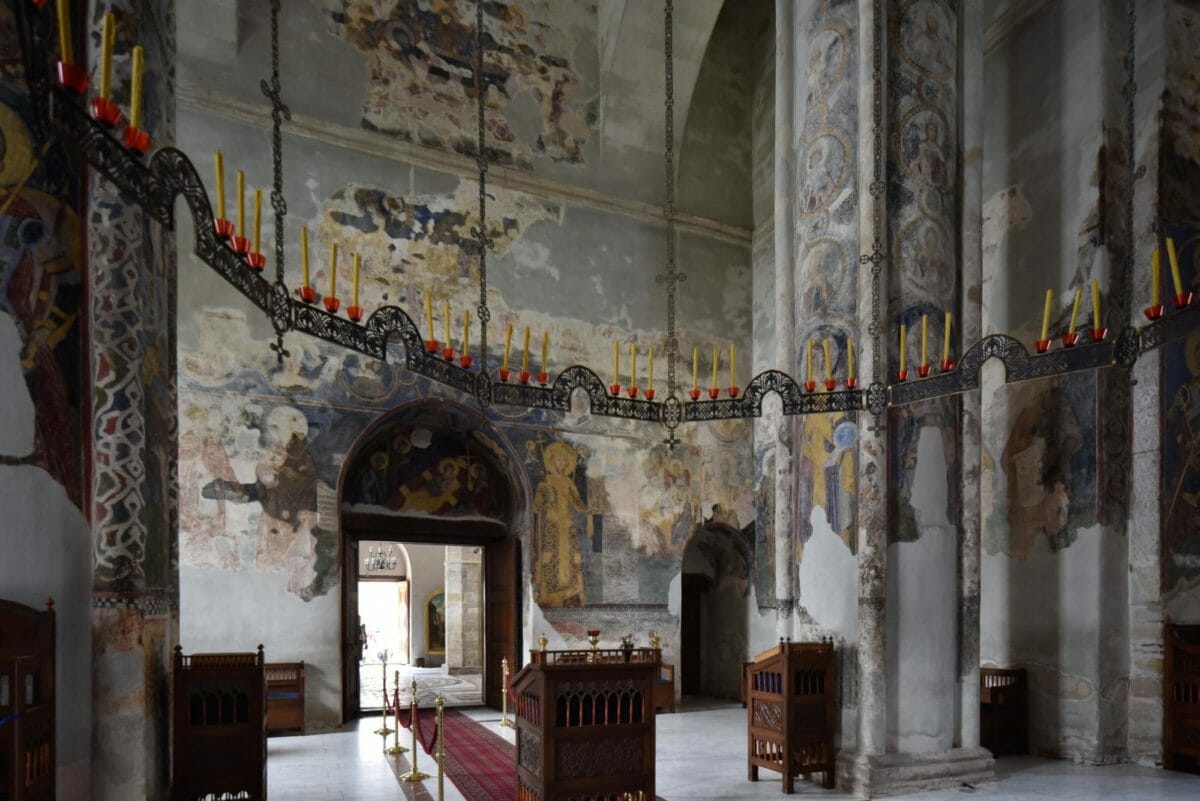
Manasija Monastery, looking west.
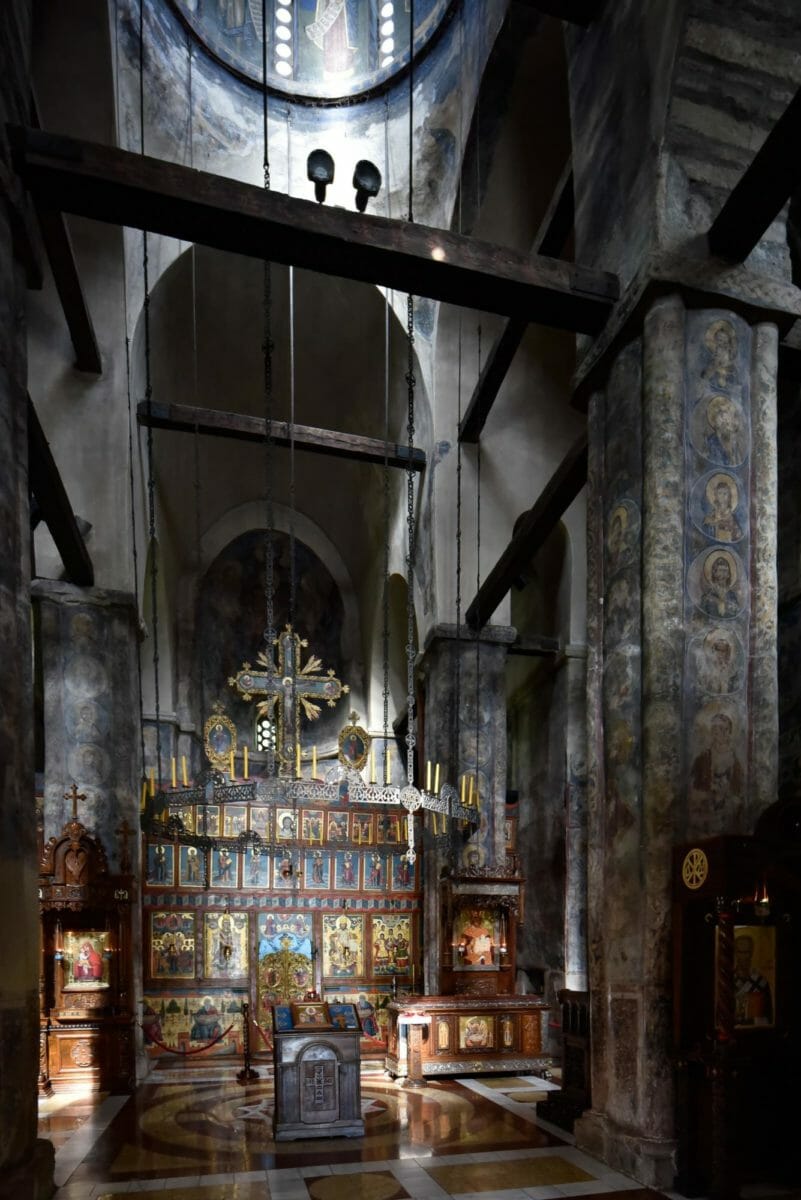
Ravanica Monastery, built 1375-1387 by Holy Prince Lazar.
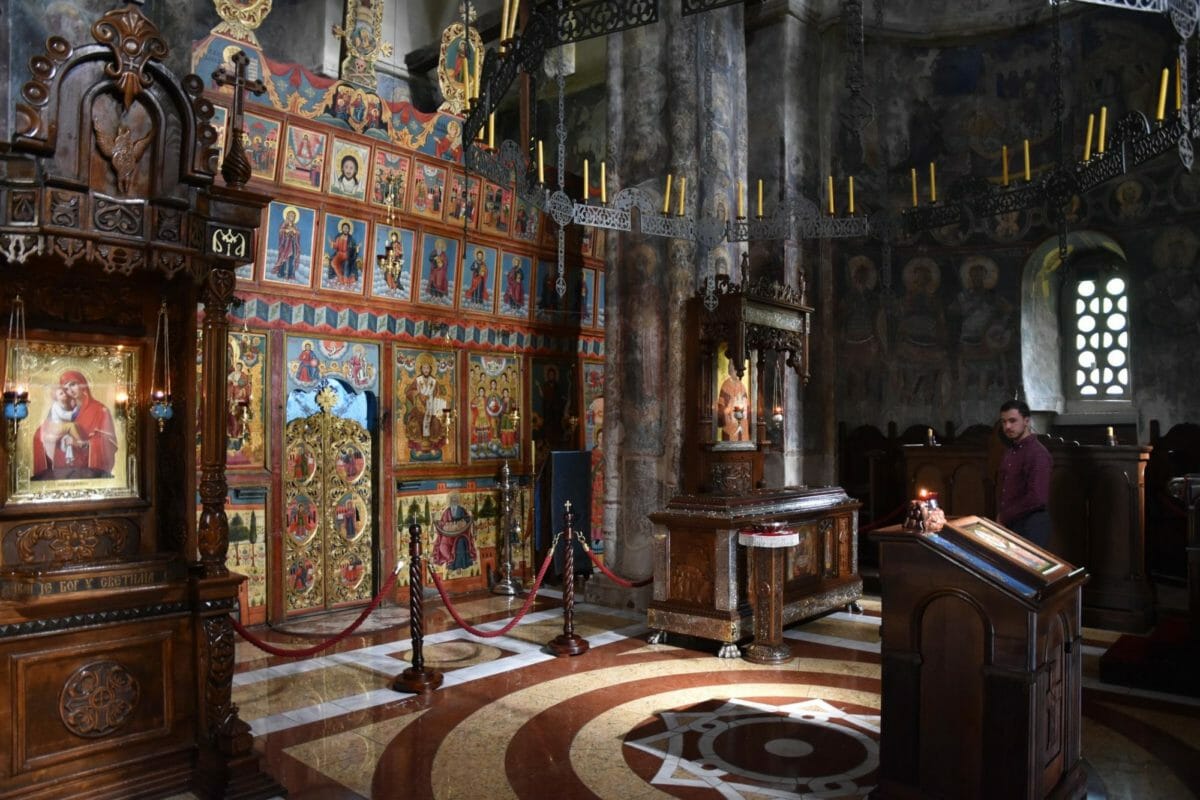
Ravanica Monastery.
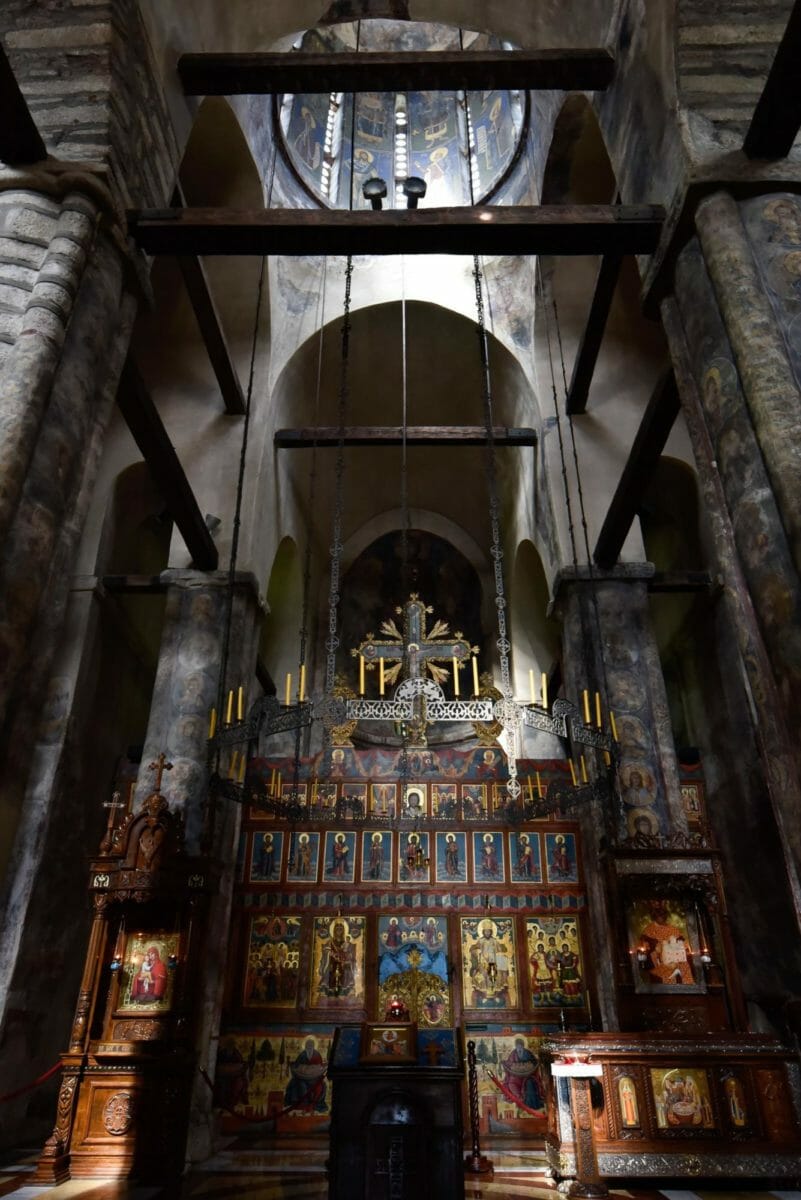
Ravanica Monastery.
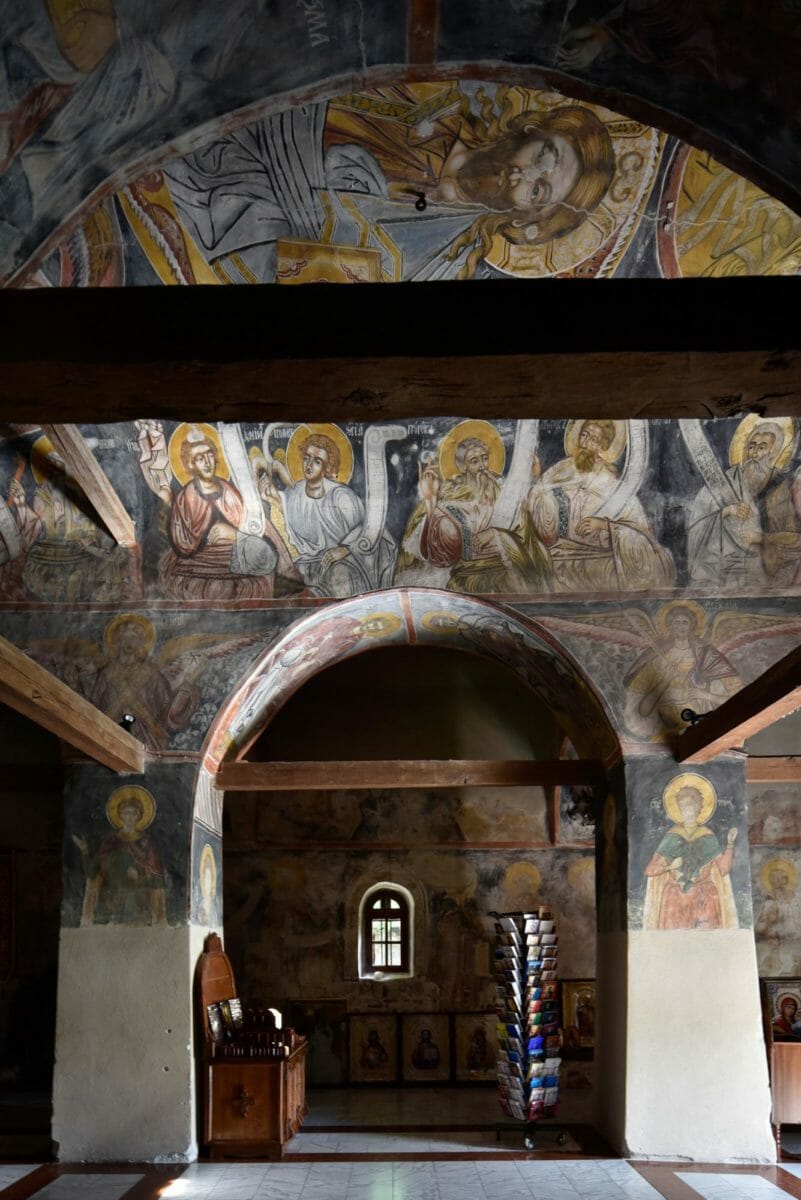
Ravanica Monastery – the narthex.
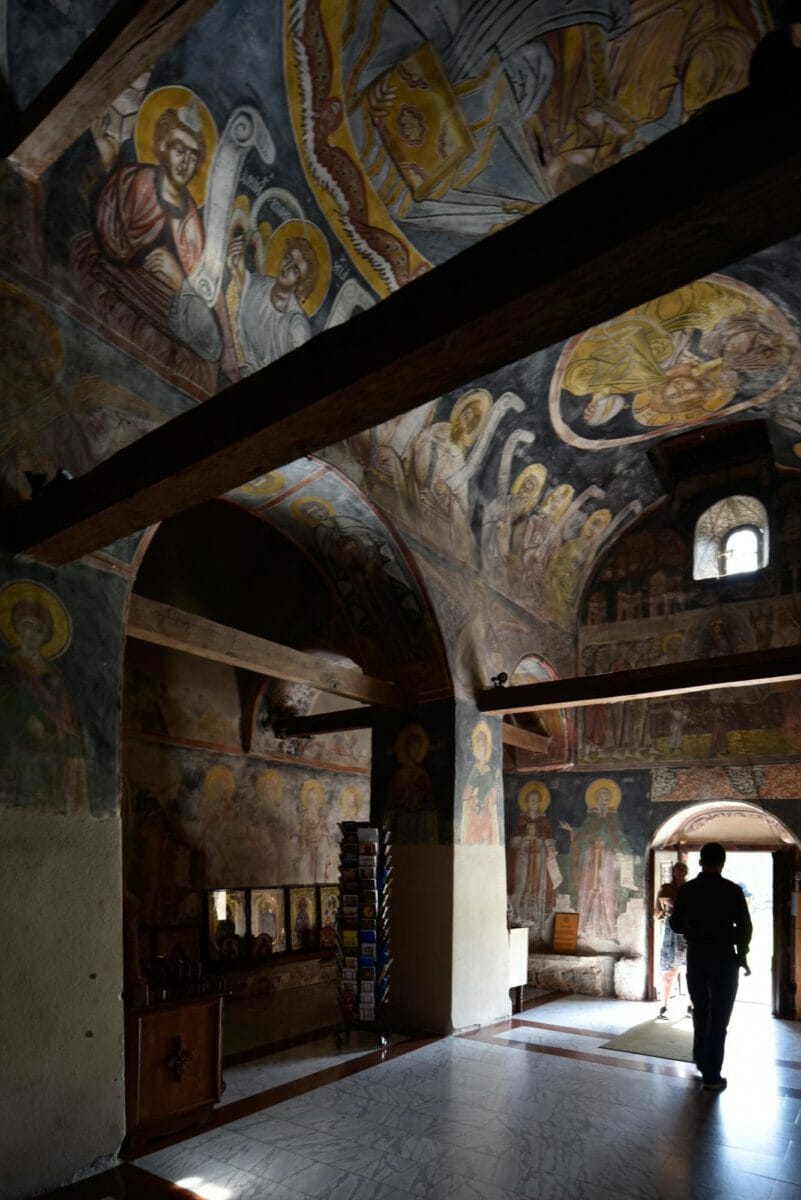
Ravanica Monastery – the narthex.
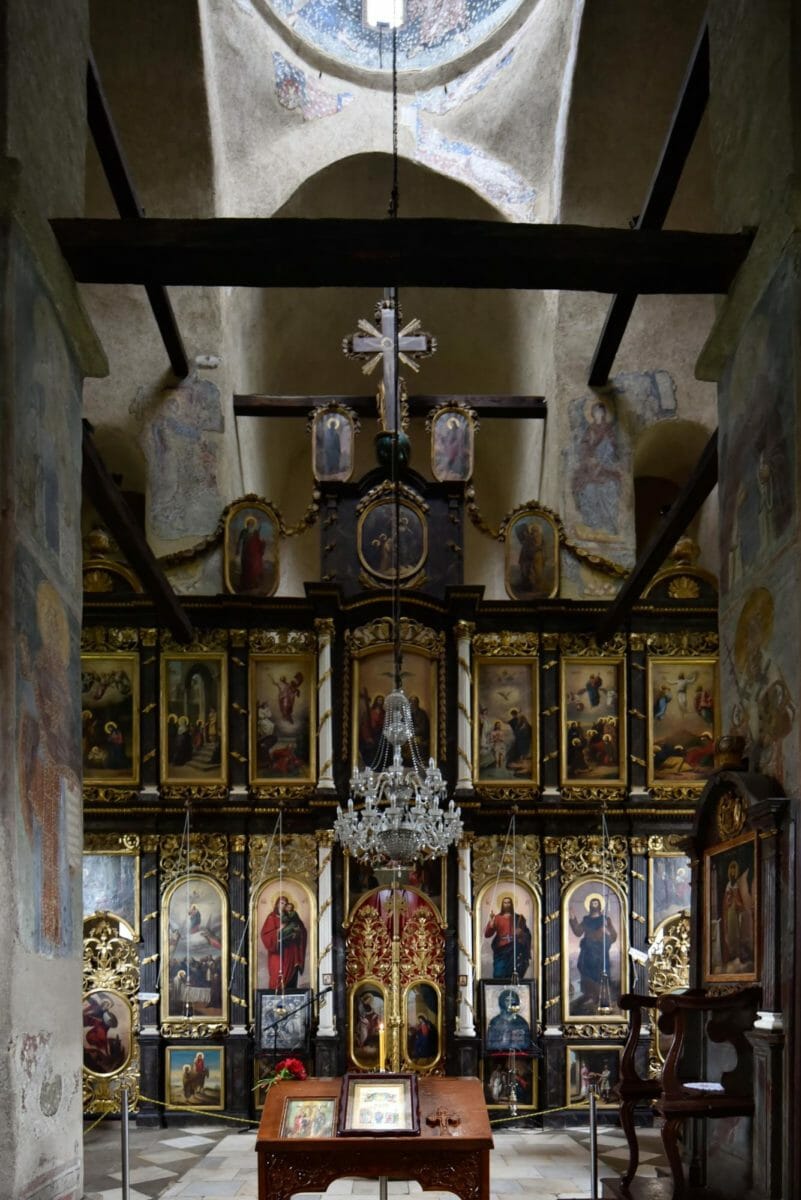
Ljubostinja Monastery, built 1388-1405 by Princess Milica, the widow of Holy Prince Lazar, as a refuge for noblewomen who had lost their husbands in the battles with the Turks. The iconostasis was painted in 1822.
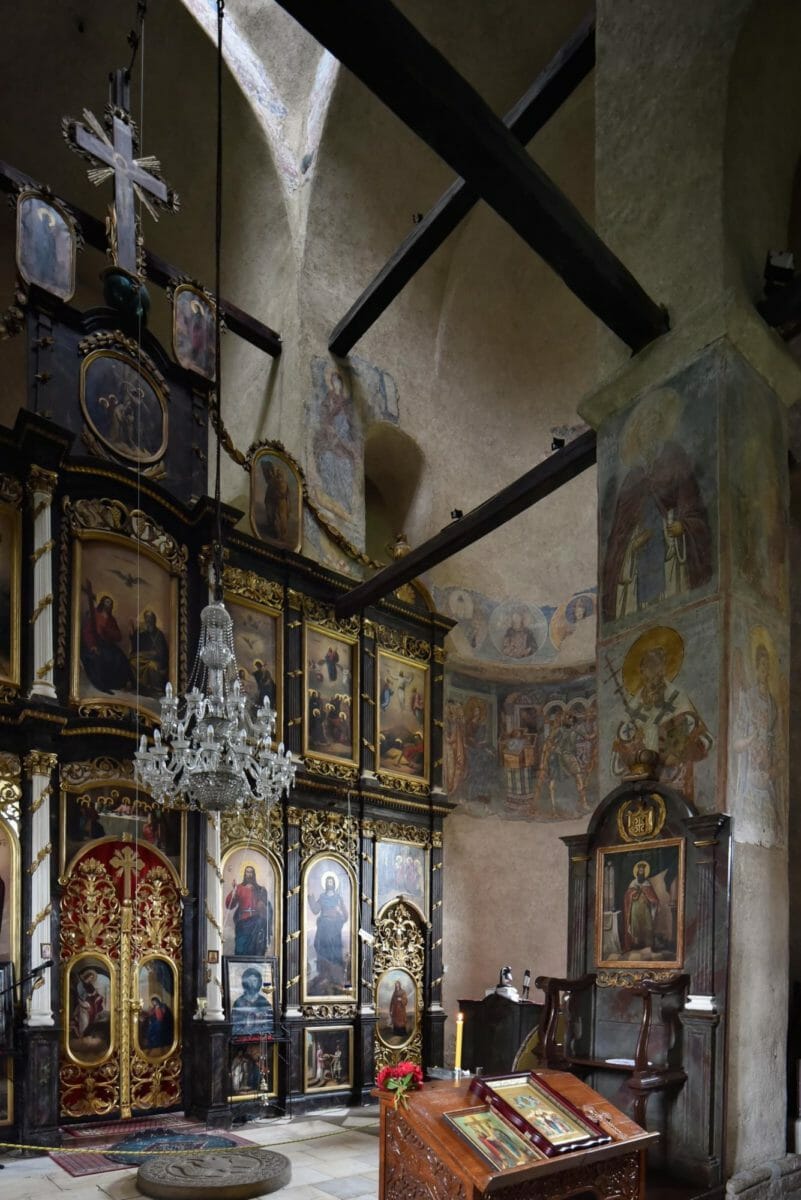
Ljubostinja Monastery.
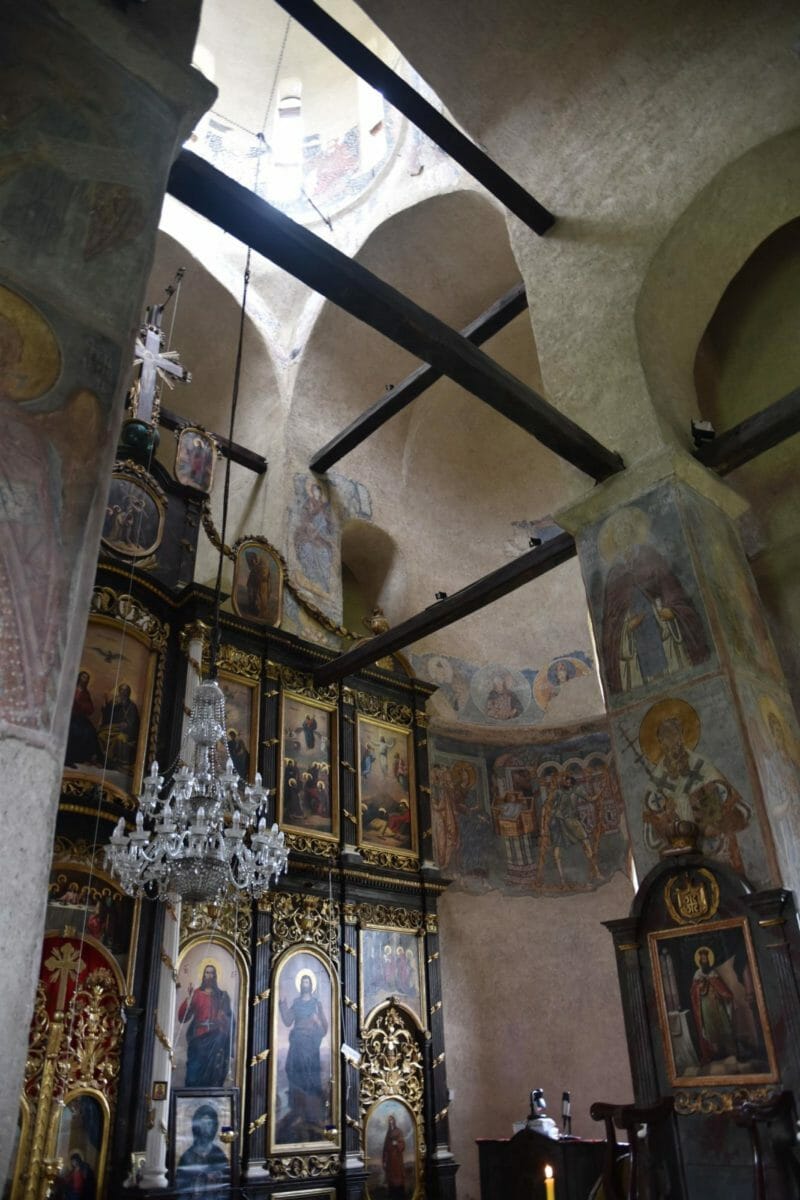
Ljubostinja Monastery.
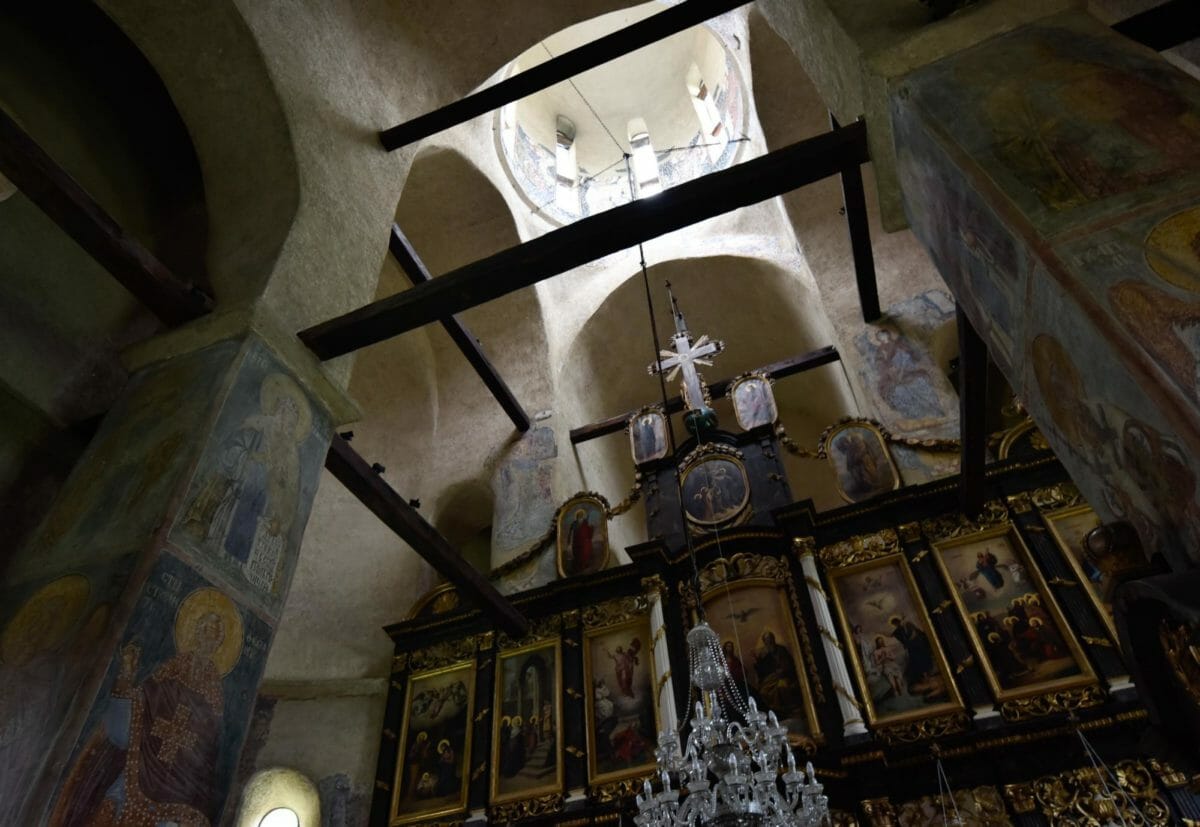
Ljubostinja Monastery.
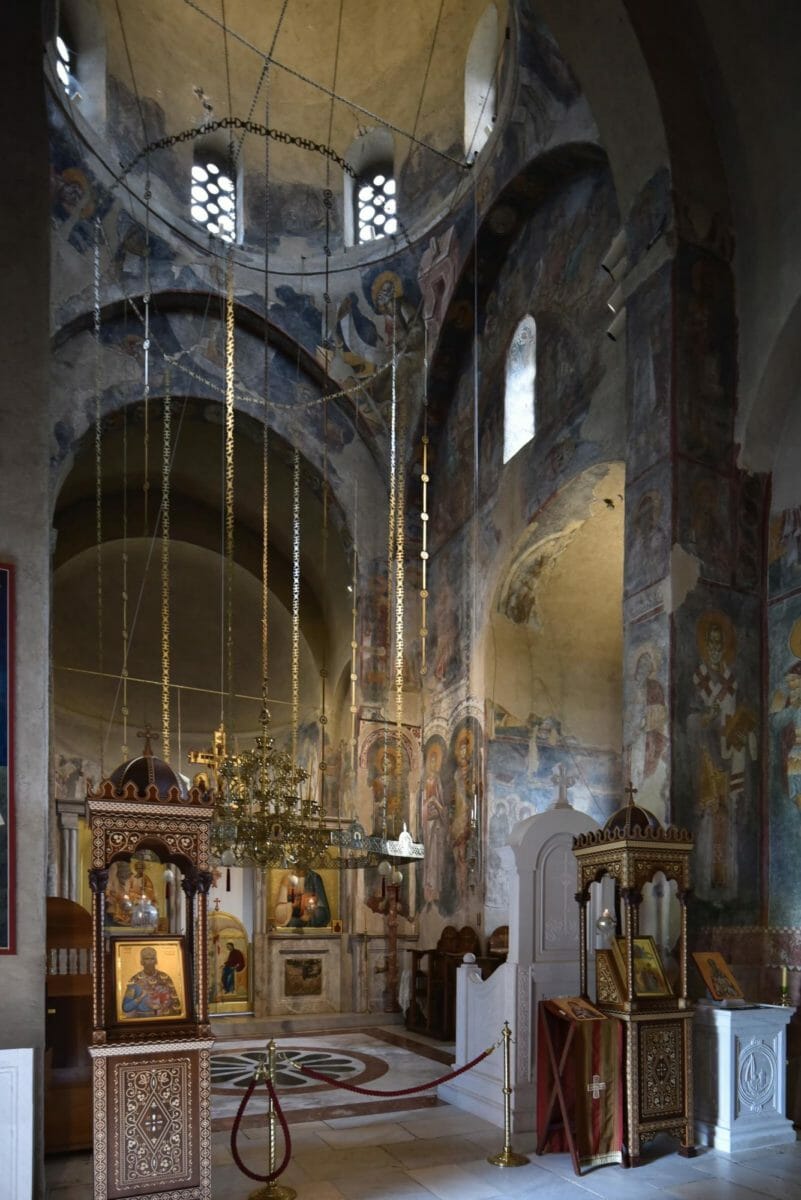
Žiča Monastery, built 1208-1230. Built by Saint Sava as the coronation church for the Serbian Kings – constructed just a few years before Westminster Abbey, and for the same purpose.
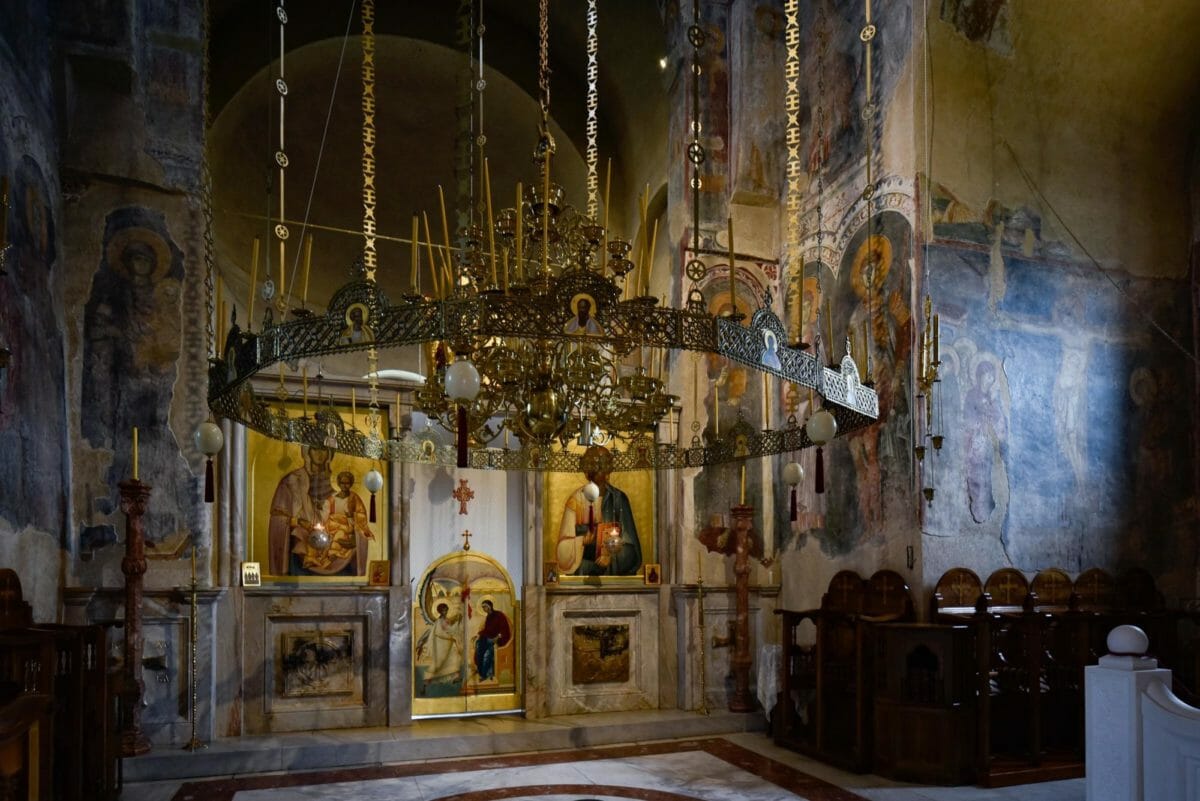
Žiča Monastery.
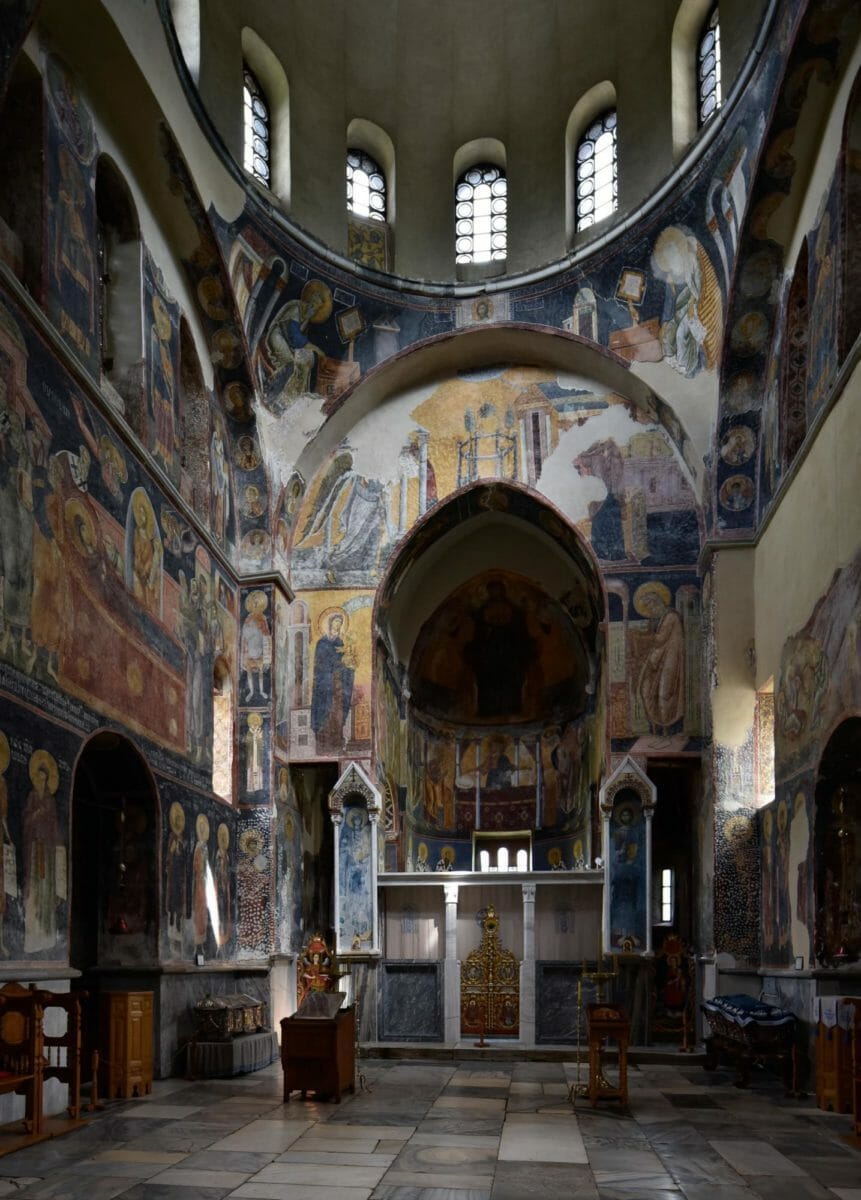
Studenica Monastery, built 1190-1196. The first of the great monasteries of the independent Serbian state, built by Saint Stefan Nemanja.
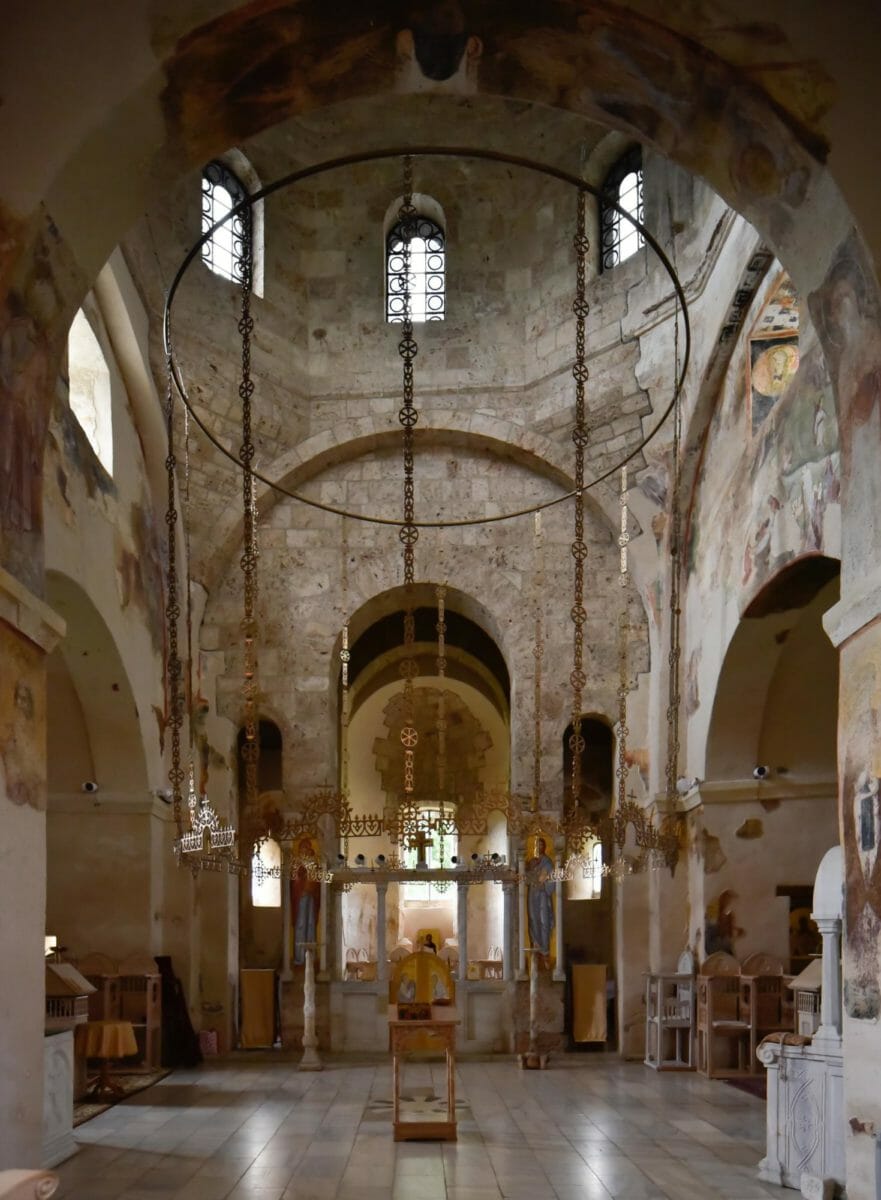
Gradac Monastery, built 1277-1282 by Helen of Anjou, the wife of King Uroš I.
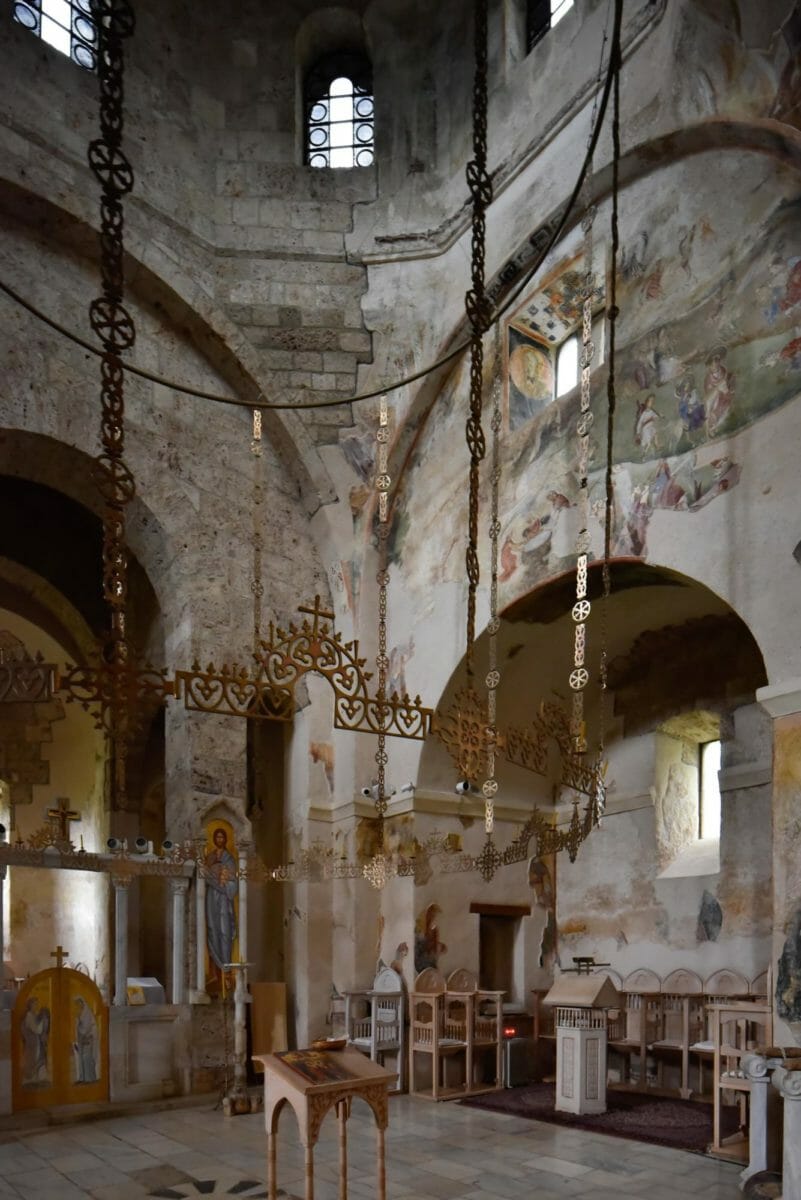
Gradac Monastery.
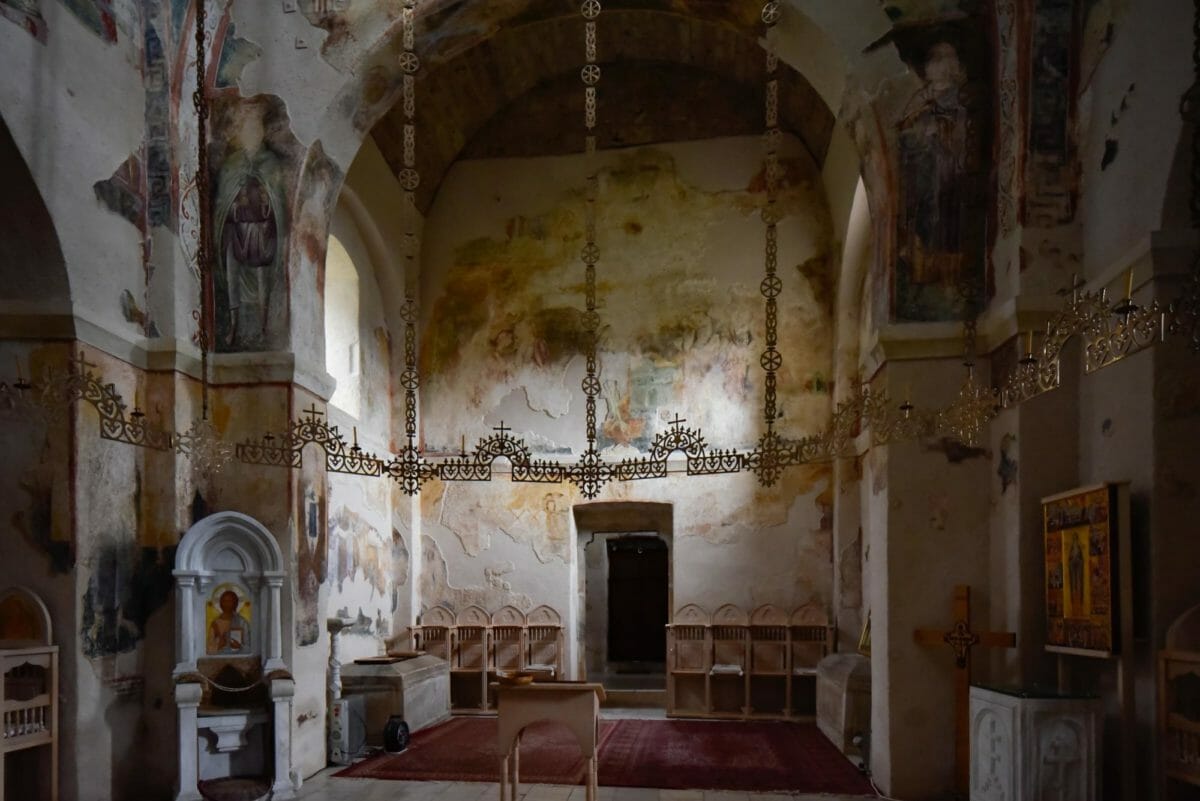
Gradac Monastery, looking west.
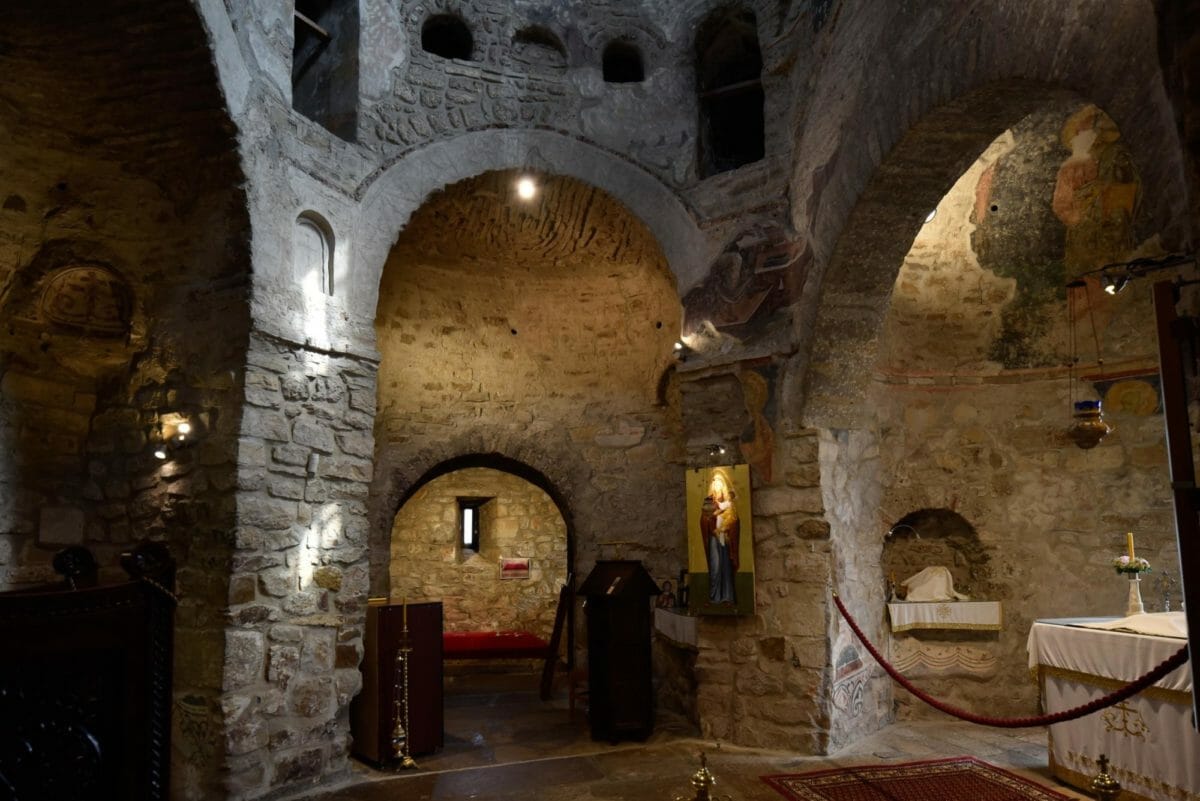
Church of the Holy Apostles Peter and Paul (Petrova Cerkva), near Novi Pazar, Serbia. Built in the 9th century – the oldest intact church in Serbia.
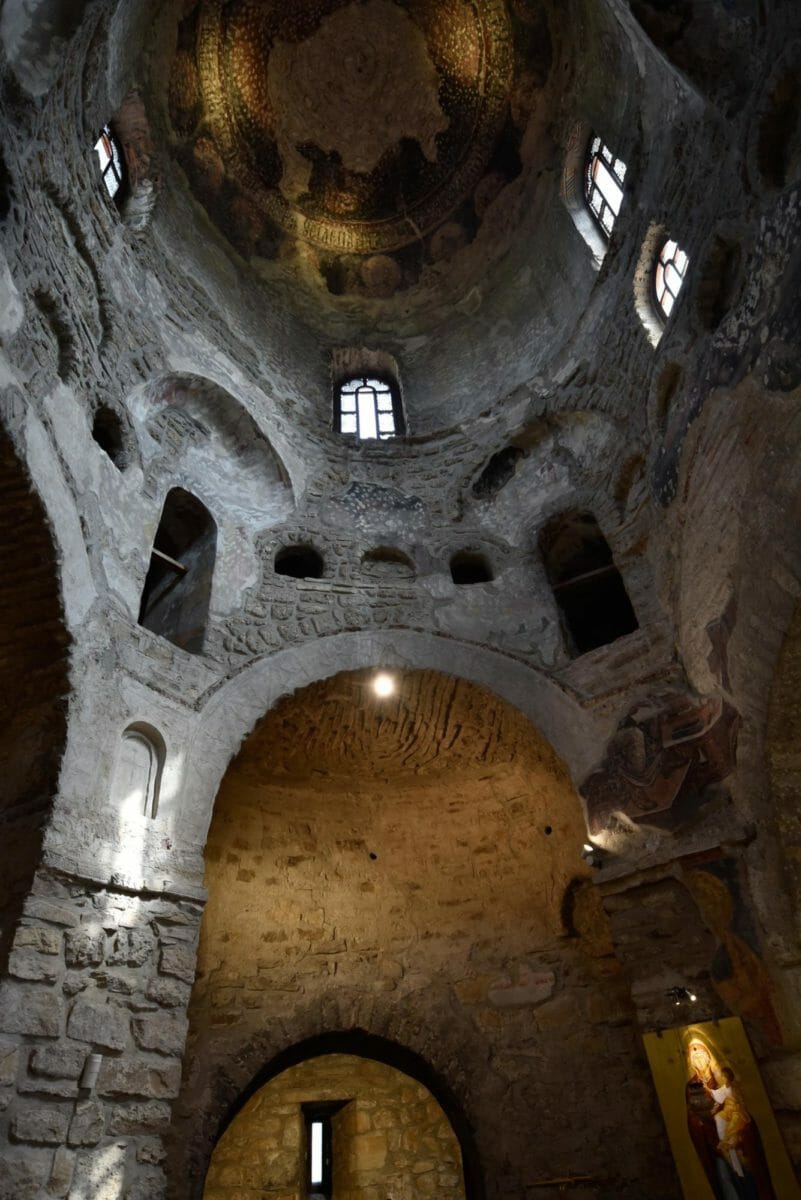
Petrova Cerkva.
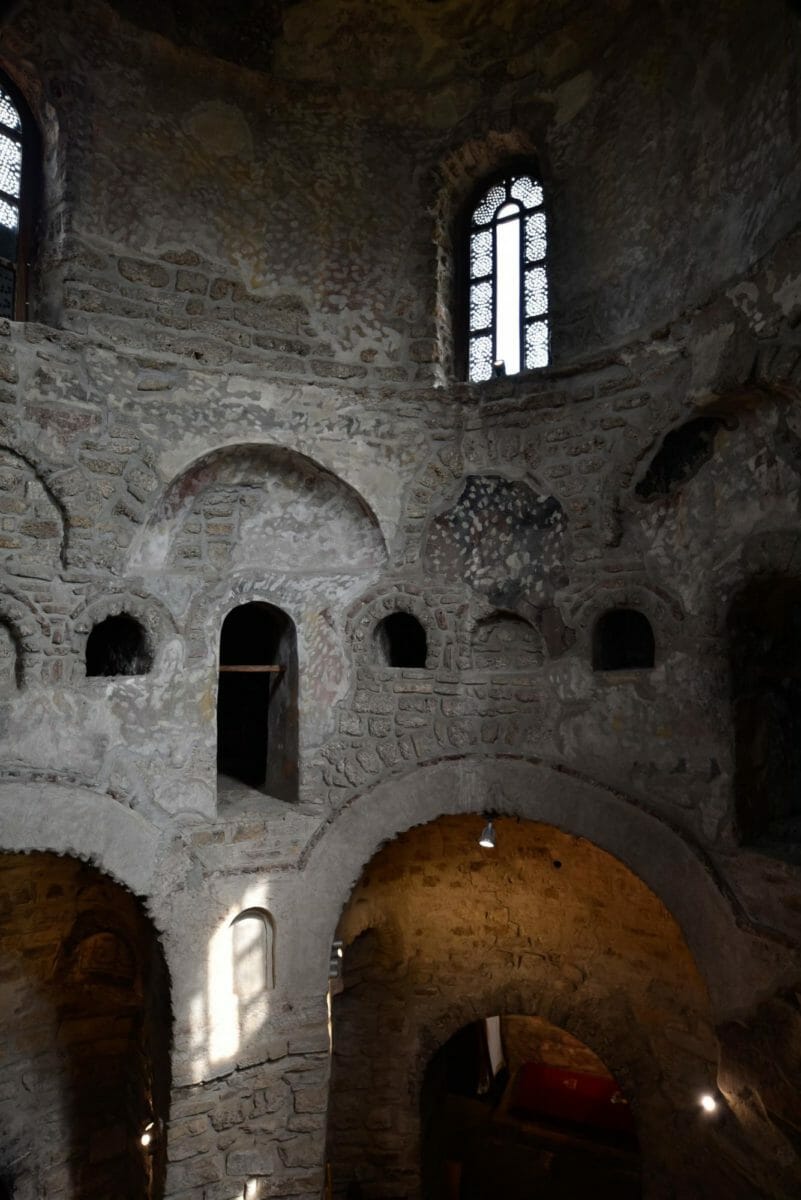
Petrova Cerkva.
If you enjoyed this article, please use the PayPal button below to donate to support the work of the Orthodox Arts Journal. The costs to maintain the website are considerable.

